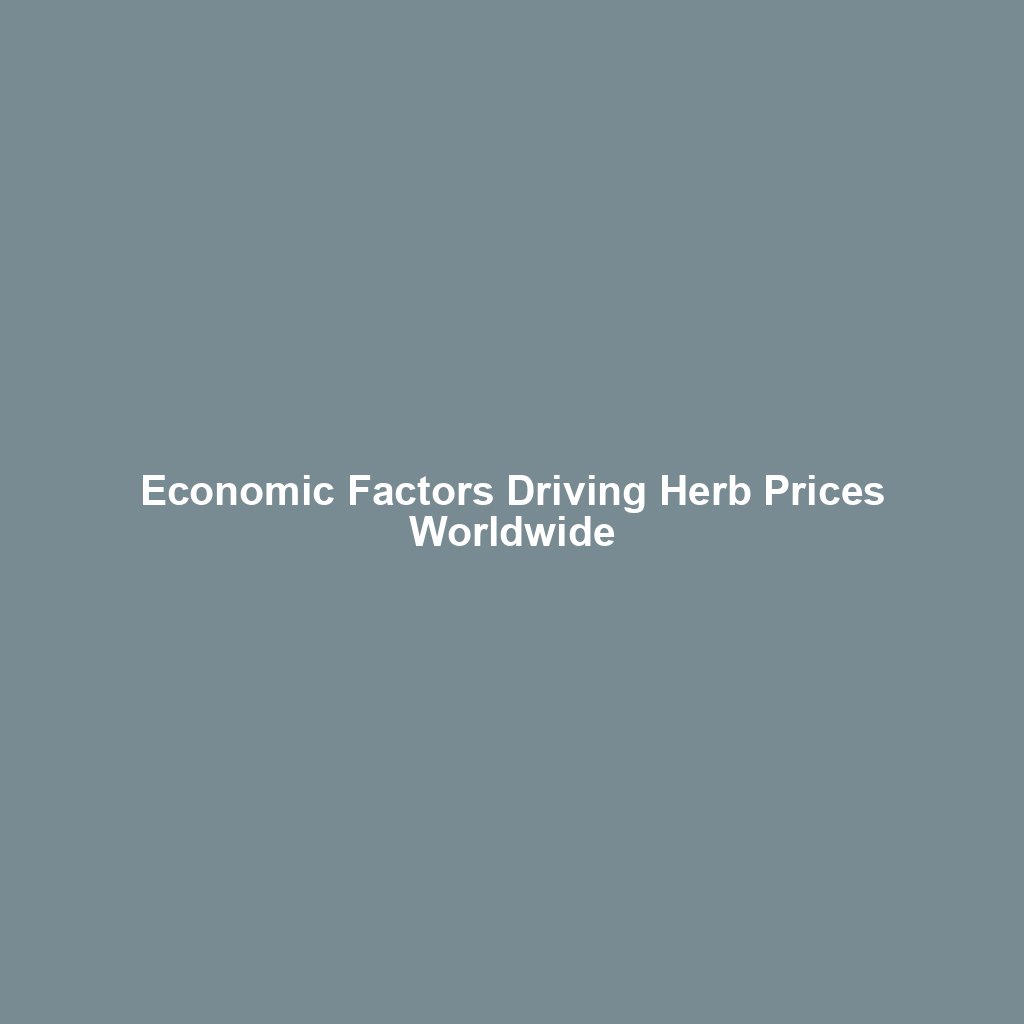
Agriculture and agricultural price analysis are critical components of the global economy, influencing food security, trade balances, and rural development. Understanding the dynamics of agricultural pricing requires a comprehensive examination of various factors, including supply and demand, weather conditions, technological advancements, and government policies. This article delves into the intricate world of agriculture and agricultural price analysis, exploring the key elements that shape this vital sector.
The Fundamentals of Agriculture
Agriculture is the practice of cultivating soil, growing crops, and raising animals for food, fiber, medicinal plants, and other products used to sustain and enhance human life. It is one of the oldest and most essential human activities, dating back thousands of years. The development of agriculture allowed human societies to transition from nomadic hunter-gatherer lifestyles to settled communities, leading to the rise of civilizations.
Types of Agriculture
Agriculture can be broadly categorized into several types, each with its unique characteristics and practices:
- Subsistence Agriculture: This type of agriculture is primarily focused on producing enough food to meet the needs of the farmer’s family. It is often practiced in developing countries and involves traditional farming methods with minimal use of modern technology.
- Commercial Agriculture: Commercial agriculture is geared towards producing crops and livestock for sale in the market. It involves large-scale farming operations, advanced technology, and significant capital investment. Examples include monoculture farming, plantation agriculture, and agribusiness.
- Organic Agriculture: Organic farming emphasizes sustainable practices, avoiding synthetic chemicals, and promoting biodiversity. It aims to produce food in an environmentally friendly and socially responsible manner.
- Agroforestry: This practice integrates trees and shrubs into agricultural landscapes, providing multiple benefits such as improved soil health, increased biodiversity, and enhanced carbon sequestration.
Key Components of Agricultural Systems
Agricultural systems are complex and multifaceted, involving various components that interact to produce food and other agricultural products. Some of the key components include:
- Soil: Soil is the foundation of agriculture, providing essential nutrients and support for plant growth. Soil health and fertility are critical factors in determining crop yields and overall agricultural productivity.
- Water: Water is a vital resource for agriculture, used for irrigation, livestock, and processing. Efficient water management is crucial for sustainable agricultural practices, especially in regions facing water scarcity.
- Climate: Climate conditions, including temperature, precipitation, and sunlight, significantly impact agricultural production. Climate change poses challenges and opportunities for agriculture, necessitating adaptive strategies to ensure food security.
- Seeds and Plant Varieties: The quality and diversity of seeds and plant varieties play a crucial role in determining crop performance. Advances in plant breeding and biotechnology have led to the development of high-yielding, disease-resistant, and climate-resilient crops.
- Livestock: Livestock farming involves raising animals for meat, milk, eggs, and other products. It is an integral part of many agricultural systems, contributing to food security, livelihoods, and cultural practices.
- Technology and Innovation: Technological advancements, such as precision agriculture, mechanization, and digital tools, have revolutionized agricultural practices, improving efficiency, productivity, and sustainability.
Agricultural Price Analysis
Agricultural price analysis involves examining the factors that influence the prices of agricultural products, including crops, livestock, and other commodities. Understanding these factors is essential for farmers, policymakers, traders, and consumers to make informed decisions and navigate the complexities of the agricultural market.
Supply and Demand Dynamics
The fundamental principle of supply and demand plays a crucial role in determining agricultural prices. Several factors influence supply and demand dynamics:
- Production Levels: The quantity of agricultural products produced directly affects their supply. Factors such as weather conditions, pest and disease outbreaks, and technological advancements can impact production levels.
- Consumption Patterns: Changes in consumer preferences, dietary habits, and population growth influence the demand for agricultural products. For example, rising incomes in developing countries often lead to increased demand for meat and dairy products.
- Trade Policies: International trade policies, tariffs, and trade agreements can affect the flow of agricultural products between countries, influencing supply and demand dynamics.
- Storage and Transportation: The ability to store and transport agricultural products efficiently impacts their availability and prices. Improvements in infrastructure and logistics can help stabilize prices by reducing post-harvest losses and ensuring timely delivery to markets.
Price Volatility and Risk Management
Agricultural prices are often subject to significant volatility due to various factors, including weather events, market fluctuations, and geopolitical developments. Price volatility poses risks for farmers, traders, and consumers, necessitating effective risk management strategies:
- Futures and Options Markets: Futures and options contracts allow farmers and traders to hedge against price fluctuations by locking in prices for future delivery. These financial instruments provide a mechanism for managing price risk and ensuring price stability.
- Crop Insurance: Crop insurance programs protect farmers against losses due to adverse weather conditions, pests, and diseases. By providing financial compensation for crop failures, insurance helps mitigate the impact of price volatility on farmers’ incomes.
- Government Interventions: Governments often implement policies and programs to stabilize agricultural prices and support farmers. These interventions may include price support schemes, subsidies, and market interventions to ensure fair prices for producers and consumers.
Global Agricultural Markets
Agricultural markets are increasingly interconnected, with global trade playing a significant role in shaping prices. Several factors influence global agricultural markets:
- Trade Agreements: Bilateral and multilateral trade agreements facilitate the flow of agricultural products between countries, impacting supply and demand dynamics. These agreements can create opportunities for market access and export growth.
- Exchange Rates: Fluctuations in exchange rates affect the competitiveness of agricultural products in international markets. A weaker currency can make exports more attractive, while a stronger currency can increase the cost of imports.
- Geopolitical Developments: Political events, conflicts, and trade disputes can disrupt global agricultural markets, leading to price volatility and supply chain disruptions.
- Global Supply Chains: The complexity of global supply chains, including transportation, storage, and distribution networks, influences the availability and prices of agricultural products. Disruptions in supply chains, such as those caused by natural disasters or pandemics, can have far-reaching impacts on agricultural markets.
Technological Advancements in Agriculture
Technological advancements have revolutionized agriculture, enhancing productivity, efficiency, and sustainability. Innovations in various fields, including biotechnology, information technology, and mechanization, have transformed agricultural practices and contributed to price stability.
Precision Agriculture
Precision agriculture involves the use of advanced technologies, such as GPS, remote sensing, and data analytics, to optimize agricultural practices. Key components of precision agriculture include:
- Soil and Crop Monitoring: Sensors and satellite imagery provide real-time data on soil conditions, crop health, and weather patterns. This information enables farmers to make informed decisions about irrigation, fertilization, and pest management.
- Variable Rate Technology (VRT): VRT allows farmers to apply inputs, such as seeds, fertilizers, and pesticides, at variable rates based on specific field conditions. This targeted approach reduces waste, lowers costs, and minimizes environmental impact.
- Automated Machinery: Autonomous tractors, drones, and robotic systems perform tasks such as planting, harvesting, and spraying with high precision. Automation improves efficiency, reduces labor costs, and enhances productivity.
Biotechnology and Genetic Engineering
Biotechnology and genetic engineering have led to the development of genetically modified (GM) crops with desirable traits, such as increased yield, pest resistance, and drought tolerance. Key advancements include:
- GM Crops: Genetically modified crops, such as Bt cotton and herbicide-tolerant soybeans, have been widely adopted in many countries. These crops offer benefits such as reduced pesticide use, higher yields, and improved profitability for farmers.
- CRISPR Technology: CRISPR-Cas9 is a revolutionary gene-editing tool that allows precise modifications to the DNA of plants and animals. This technology holds promise for developing new crop varieties with enhanced traits, such as disease resistance and improved nutritional content.
- Biopesticides and Biofertilizers: Biopesticides and biofertilizers are derived from natural sources, such as bacteria, fungi, and plants. These products offer environmentally friendly alternatives to synthetic chemicals, promoting sustainable agriculture.
Digital Agriculture and Data Analytics
Digital agriculture leverages data and technology to improve decision-making and optimize agricultural practices. Key components of digital agriculture include:
- Farm Management Software: Farm management software platforms provide tools for planning, monitoring, and analyzing farm operations. These platforms help farmers track inputs, manage resources, and make data-driven decisions.
- Internet of Things (IoT): IoT devices, such as sensors and smart irrigation systems, collect and transmit data on various aspects of farming, including soil moisture, temperature, and crop growth. This data enables real-time monitoring and precise control of agricultural processes.
- Big Data and Analytics: The analysis of large datasets, known as big data, provides insights into trends, patterns, and correlations in agriculture. Advanced analytics and machine learning algorithms help predict crop yields, optimize supply chains, and improve market forecasting.
Sustainable Agriculture and Environmental Impact
Sustainable agriculture aims to meet the needs of the present without compromising the ability of future generations to meet their own needs. It involves practices that promote environmental health, economic viability, and social equity. Key principles of sustainable agriculture include:
Conservation Agriculture
Conservation agriculture focuses on preserving and enhancing natural resources while maintaining agricultural productivity. Key practices include:
- Minimum Tillage: Reducing soil disturbance through minimum tillage or no-till practices helps maintain soil structure, reduce erosion, and improve water retention.
- Cover Cropping: Planting cover crops, such as legumes and grasses, during fallow periods helps protect soil, enhance soil fertility, and suppress weeds.
- Crop Rotation: Rotating different crops in a sequence helps break pest and disease cycles, improve soil health, and increase biodiversity.
Agroecology
Agroecology integrates ecological principles into agricultural practices, promoting biodiversity, resilience, and sustainability. Key components of agroecology include:
- Polyculture: Growing multiple crops together in the same field, known as polyculture, enhances biodiversity, reduces pest pressure, and improves resource use efficiency.
- Agroforestry: Integrating trees and shrubs into agricultural landscapes provides multiple benefits, such as improved soil health, increased carbon sequestration, and enhanced biodiversity.
- Integrated Pest Management (IPM): IPM combines biological, cultural, and chemical methods to manage pests in an environmentally friendly and economically viable manner.
Climate-Smart Agriculture
Climate-smart agriculture (CSA) aims to increase agricultural productivity, enhance resilience to climate change, and reduce greenhouse gas emissions. Key strategies include:
- Climate-Resilient Crops: Developing and adopting crop varieties that are tolerant to drought, heat, and other climate-related stresses helps ensure food security in the face of changing climate conditions.
- Water Management: Efficient water management practices, such as drip irrigation and rainwater harvesting, help conserve water resources and improve resilience to water scarcity.
- Carbon Sequestration: Practices such as agroforestry, cover cropping, and minimum tillage enhance soil carbon sequestration, mitigating greenhouse gas emissions and improving soil health.
Conclusion
Agriculture and agricultural price analysis are complex and multifaceted fields that play a crucial role in the global economy. Understanding the dynamics of agricultural pricing requires a comprehensive examination of various factors, including supply and demand, technological advancements, and government policies. Technological innovations, sustainable practices, and effective risk management strategies are essential for ensuring food security, economic viability, and environmental sustainability in agriculture. As the world faces challenges such as climate change, population growth, and resource constraints, the importance of agriculture and agricultural price analysis will continue to grow, necessitating ongoing research, innovation, and collaboration.



